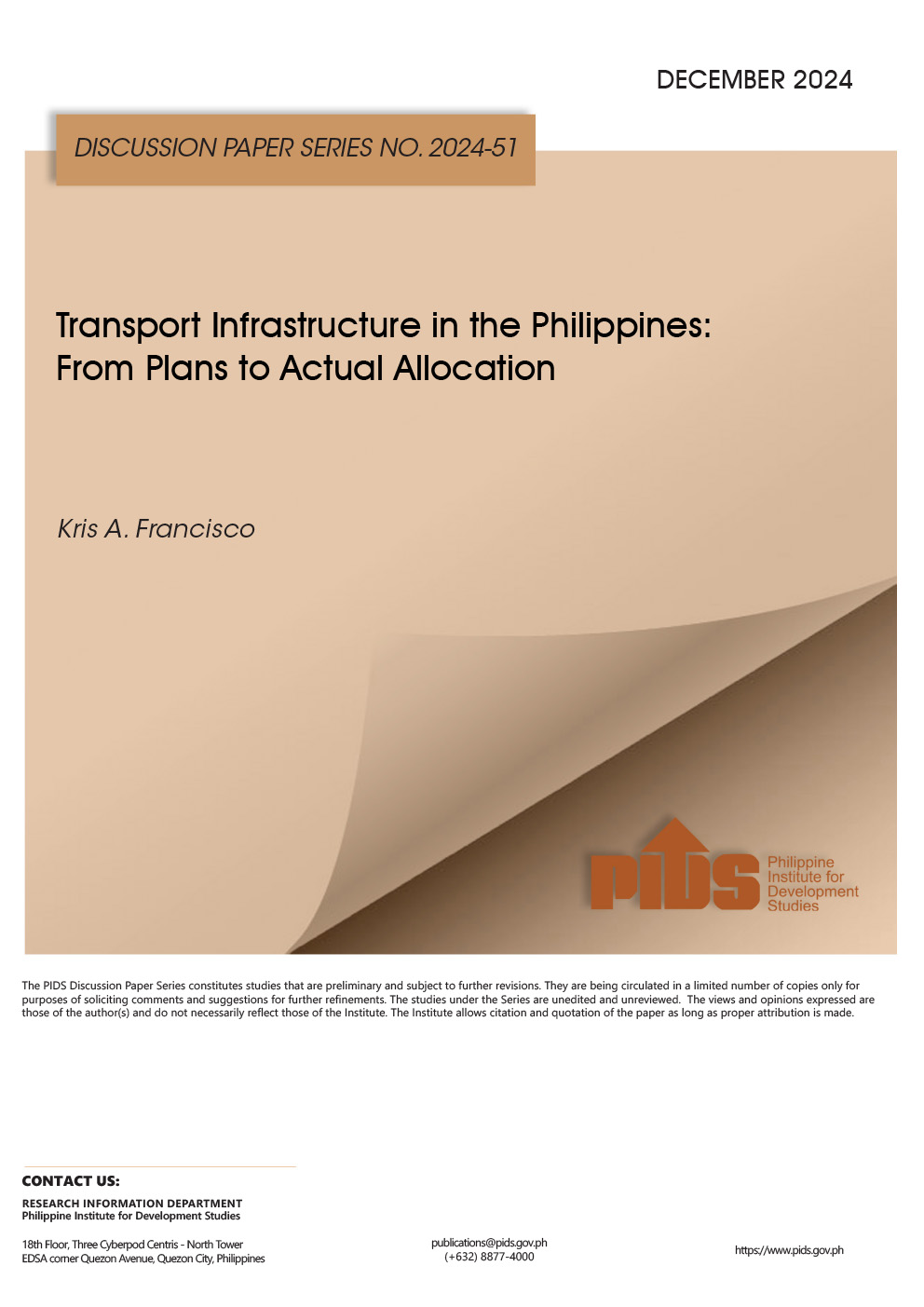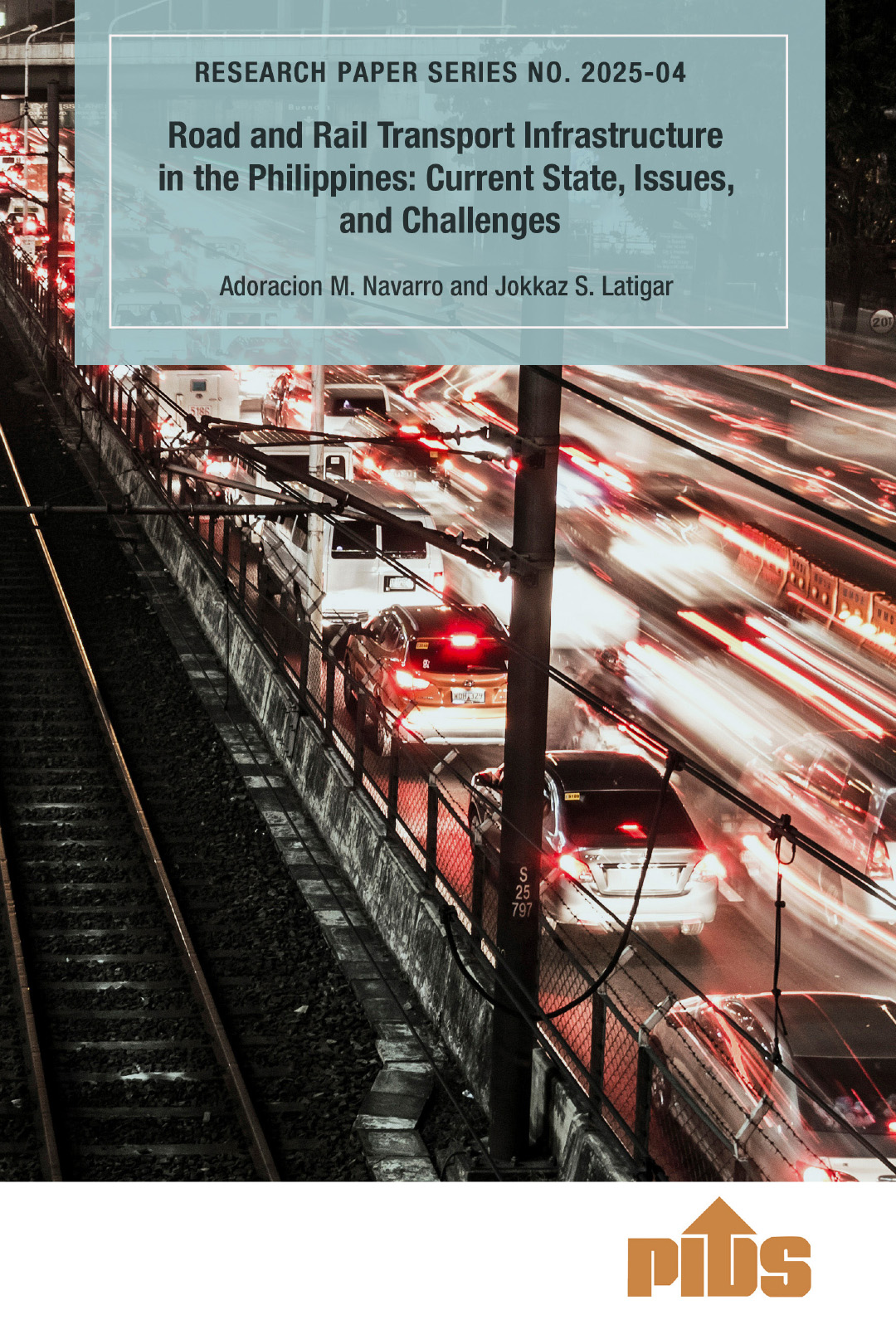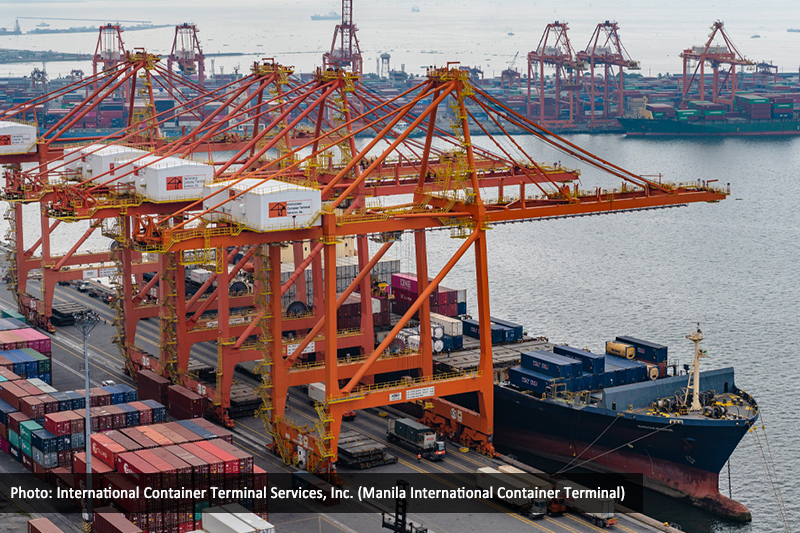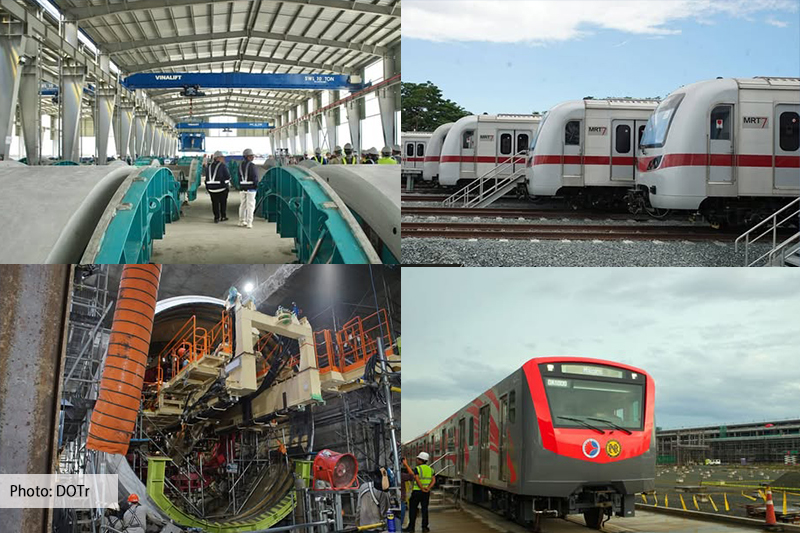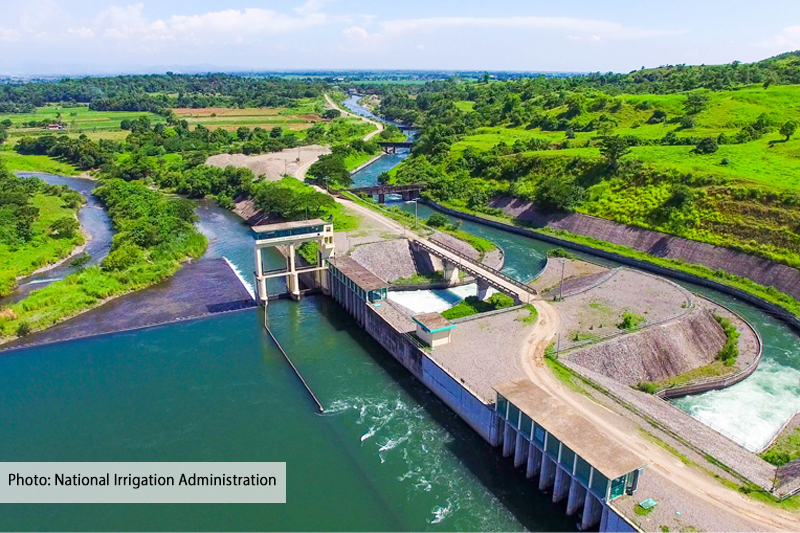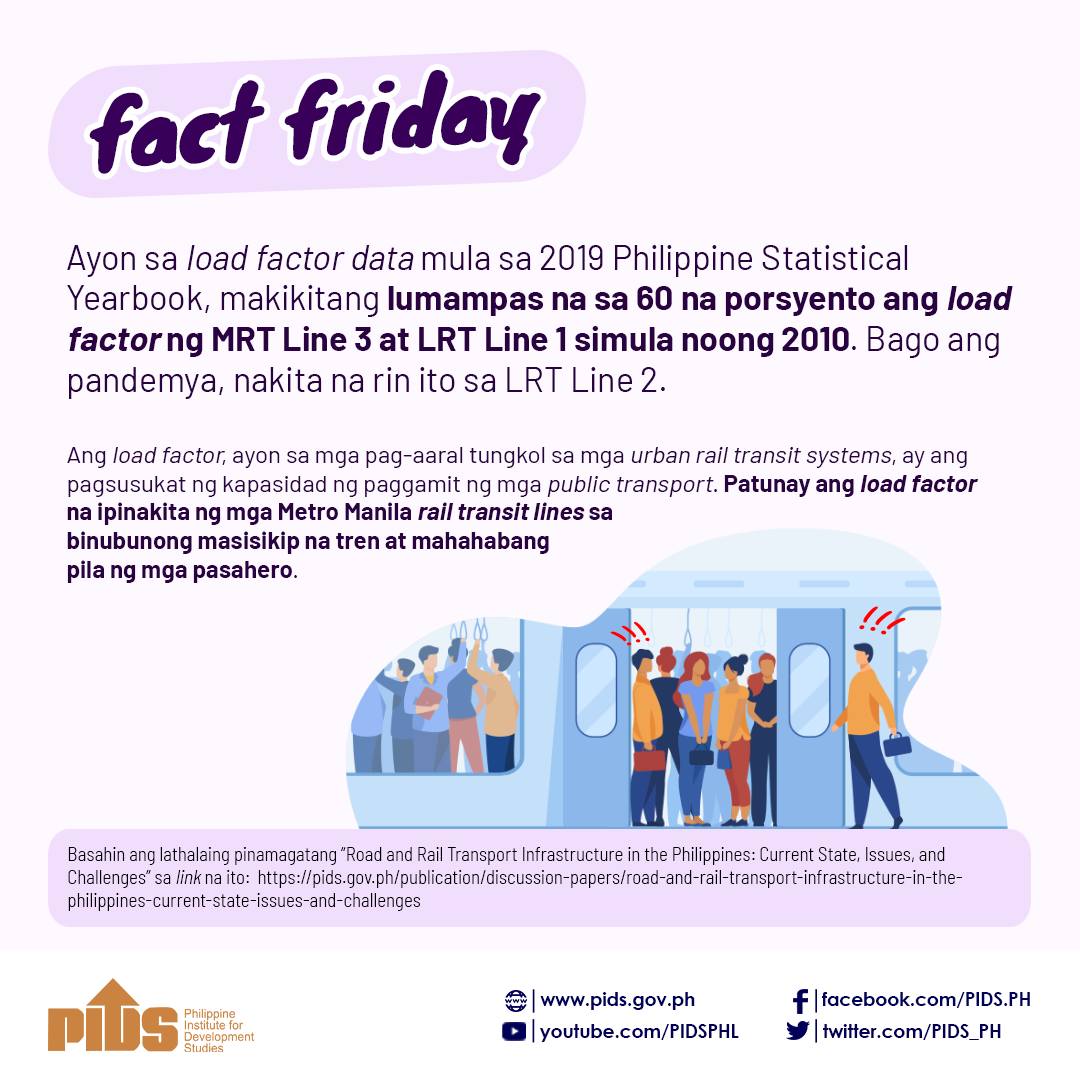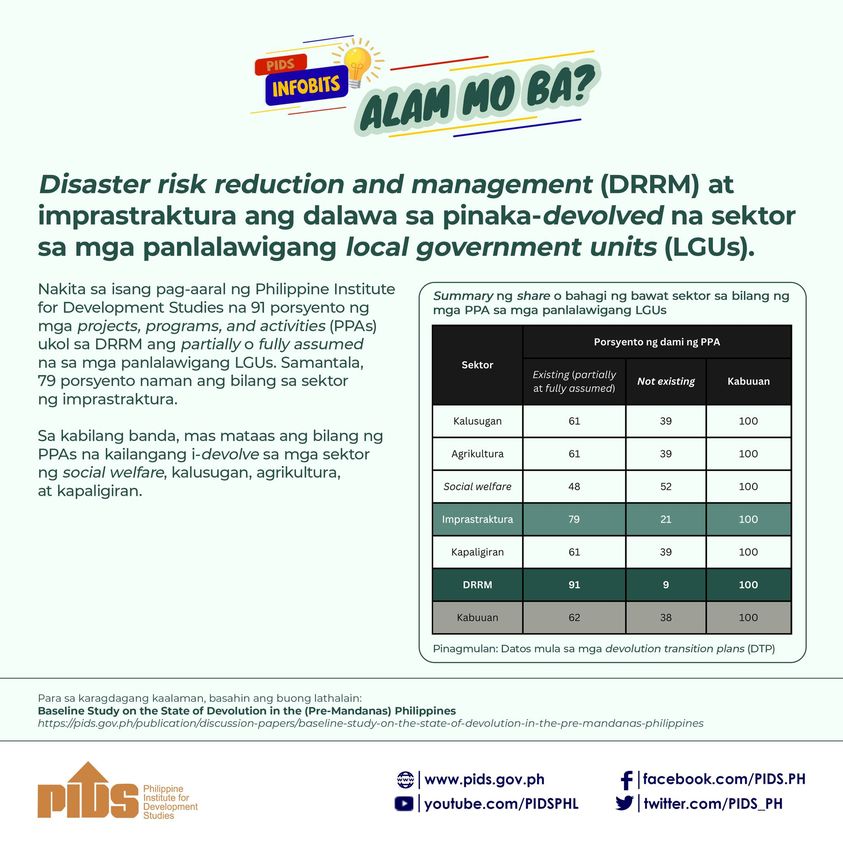A comprehensive database on public infrastructure and infrastructure demand is needed to guide investments in physical infrastructure, according to a discussion paper by state-run think tank Philippine Institute for Development Studies (PIDS).
Such a database will allow government to plan according to current and future needs and help schedule investment activities in the most efficient way possible, according to the discussion paper titled Transport Infrastructure in the Philippines: From Plans to Actual Allocation and authored by PIDS research fellow Kris Francisco.
The paper “ultimately seeks to inspire a more extensive future work on collating data on transport infrastructure investments given its value in helping the government track its progress in terms of providing for the country’s current and future transport infrastructure needs.”
It noted that the share of government spending in transport infrastructure has been historically low in the Philippines until a decade ago, when the government was in a relatively more favorable financial position to engage in long-term planning.
“The government’s appreciation of the country’s inadequate infrastructure, along with its decision to utilize infrastructure investments as a development tool, places the Philippines in a relatively good path,” the paper noted.
It pointed out, however, that currently, data on government infrastructure investments as well as the demand-related data are dispersed among different government agencies.
Even as there are many sources of information about the Philippine government’s investment in infrastructure, such as the Philippine Development Plans and General Appropriations Act, collating the data and producing a more general picture of the government’s direction in terms of its infrastructure strategy remains difficult.
Harmonizing available data is challenging due to issues such as inconsistency in formatting, limited information on financial details of ongoing projects, and difficulties in aggregating and disaggregating components.
While government budget data is a workable source, the figures often exclude investments by state-owned enterprises and the private sector, thus giving only the side of the government in infrastructure provision, the paper pointed out.
Another alternative is the data on gross fixed capital formation, which likewise presents difficulty in breaking down components specifically related to transport infrastructure.
The paper said a positive development is the implementation in 2014 of the Unified Accounts Code Structure (UACS), a code classification framework used for harmonizing, budgetary, treasury and accounting information jointly developed by the Department of Budget and Management, Commission on Audit, Department of Finance, and Bureau of the Treasury.
With UACS in place, classifying which part of government’s total capital outlay is for the transport system becomes much easier, the paper noted.
For example, the paper noted an observation from the UACS that several government agencies receive budget allocation for the development of the road network.
“This is one clear advantage of using the UACS; without which, one might think that road network development is assumed only by the DPWH [Department of Public Works and Highways],” the paper said.
Moreover, the regional breakdown of capital outlays shown revealed the concentration of investment activities related to transport network in the National Capital Region, especially for airport systems, railway systems and right-of-way.
“This is unsurprising since much of the transport infrastructure is situated in the NCR and agency budgets are lodged directly to the related agencies’ Office of the Secretary. In contrast, the budget allocation for road networks appears more dispersed among the regions,” the paper noted.
Still, the newness of the initiative means that historical analysis may not still be possible at this point.
The paper recommends a comprehensive database on infrastructure should contain information on the stock of public infrastructure – their geographic locations, physical conditions, length of expected life, annual depreciation, and weather-related depreciation, among others.
It should also include the list of ongoing and planned physical infrastructure as well as data on infrastructure use for a better picture of current and future infrastructure demand.
“Having this centralized source of information can help enhance long-term infrastructure planning. As a final note, we emphasize that as important as getting the investments flowing towards the needed infrastructure is also having a clear understanding of our current position in terms of infrastructure needs. A comprehensive database on public infrastructure can help deliver this,” the paper stated.

